Wind energy is a renewable energy source that has grown in popularity over the past few decades as more and more people, businesses, and national governments seek out cleaner and more sustainable energy solutions for their communities.
Wind turbines are at the center of this as they harness the wind energy, making it incredibly important to ensure wind turbine efficiency to get the most out of the energy source. There are a number of factors that could affect wind turbine efficiency, and in this article, we’ll go over the key ones to consider. We’ll also explore the performance of the global wind energy market.
Read on to learn the top factors to look out for as you source wind turbines for your inventory in 2024.
Table of Contents
Overview of the global wind energy market
7 factors that affect the efficiency of wind turbines
Source efficient wind turbines
Overview of the global wind energy market
According to Spherical Insights, the global wind energy market had a market value of USD 79.7 billion in 2021. It was projected to grow at a compound annual growth rate (CAGR) of 8.4% to reach a market value of USD 151.47 billion by the 2022–2030 forecast period.
The core driver of this market growth has been the increasing demand for cleaner, renewable energy sources across the globe in a bid to reduce carbon emissions. The resulting policy and regulatory frameworks promoting sustainable energy have led to an expansion of the global wind energy market.
The wind turbine segment is projected to dominate this market over the 2022–2030 forecast period, driven by increased technological advancements and the lower cost of wind turbines. In particular, the blades used in wind turbines are becoming broader and more lightweight, enabling more efficient wind turbine performance.
In terms of regional segmentation, North America (U.S., Canada, and Mexico) is projected to be the fastest-growing region over the forecast period, while Asia-Pacific will dominate the market as the region with the largest market share at 57%. Within the region, China specifically had the highest number of wind turbine installations, as part of ongoing government efforts to spur industry growth.
7 factors that affect the efficiency of wind turbines
Now that we have an idea of the prospects of the global wind energy market and the expected growth in demand for wind turbines, let’s take a look at some of the key factors that affect wind turbine efficiency. Knowledge of these factors will help businesses and energy equipment retailers source the right inventory and provide relevant support to their customers on their buying journeys.
1. Wind speed and season
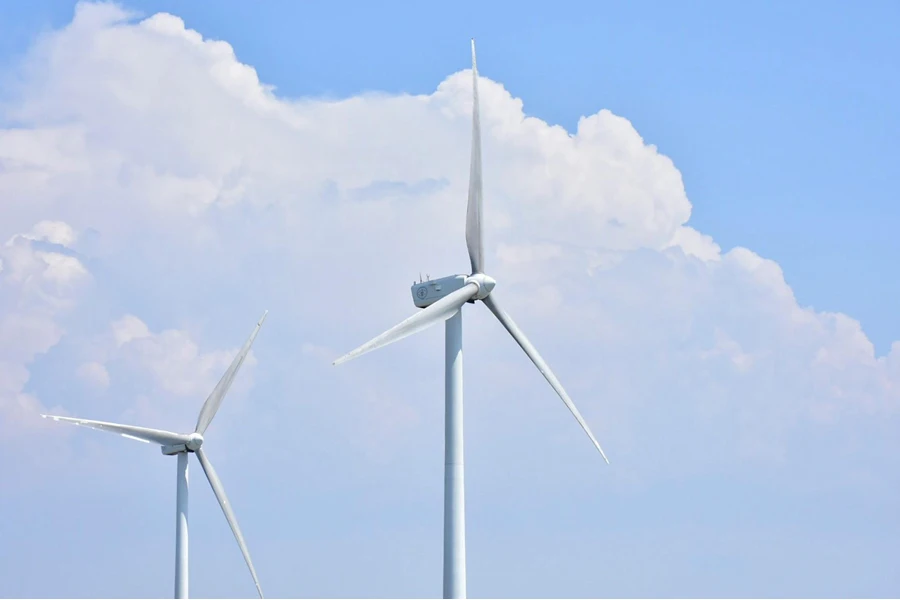
This may go without saying. As the primary energy source, the speed and season of the wind are strong determiners of the performance and efficiency of wind turbines. The wind speed at a certain site determines the amount of wind power that can be generated by the wind turbine.
This is because the wind speed impacts the amount of kinetic energy that can be captured by the wind turbine blades for transfer to the generator. If all parameters are constant, it is estimated that a 10% increase in wind speed can result in a 33% increase in wind power.
The wind season is also important to consider, as the wind speed at different sites will vary depending on the time of year and the prevailing weather conditions.
2. Air density and temperature
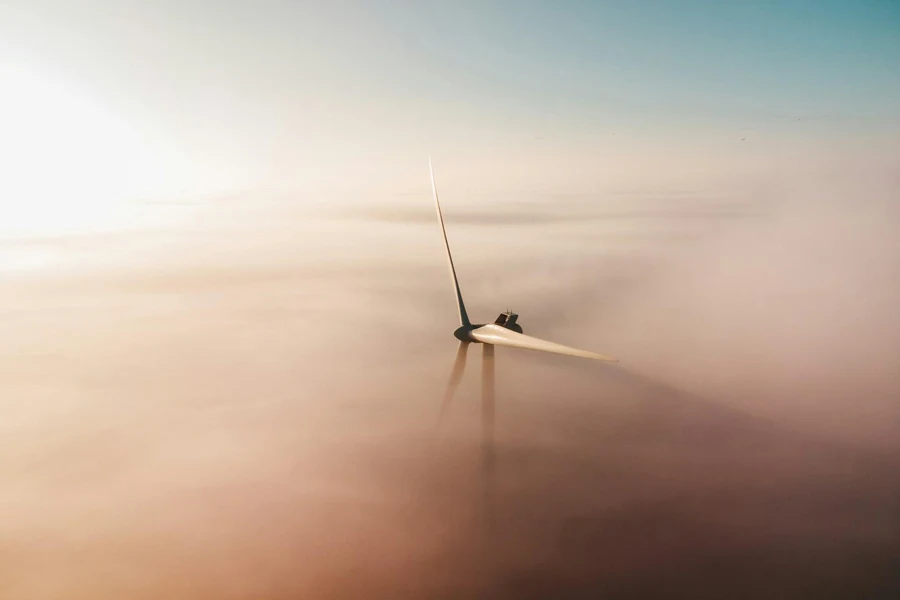
Another key factor that impacts the efficiency of wind turbine systems is the air density and temperature of the user’s site. Air density is the amount of particles or mass within a given volume of air, and this density impacts the air’s mass flow rate through the wind turbine, which, in turn, impacts the power output.
Air temperature affects the wind turbine’s efficiency because of the thermal expansion and contraction of materials caused by the different levels of air temperature. To ensure efficient operation of the generator and electrical components of the wind turbine, it is important to account for the variations of both air density and temperature so as to appropriately adjust the power coefficient and cooling system.
3. Hub height or altitude
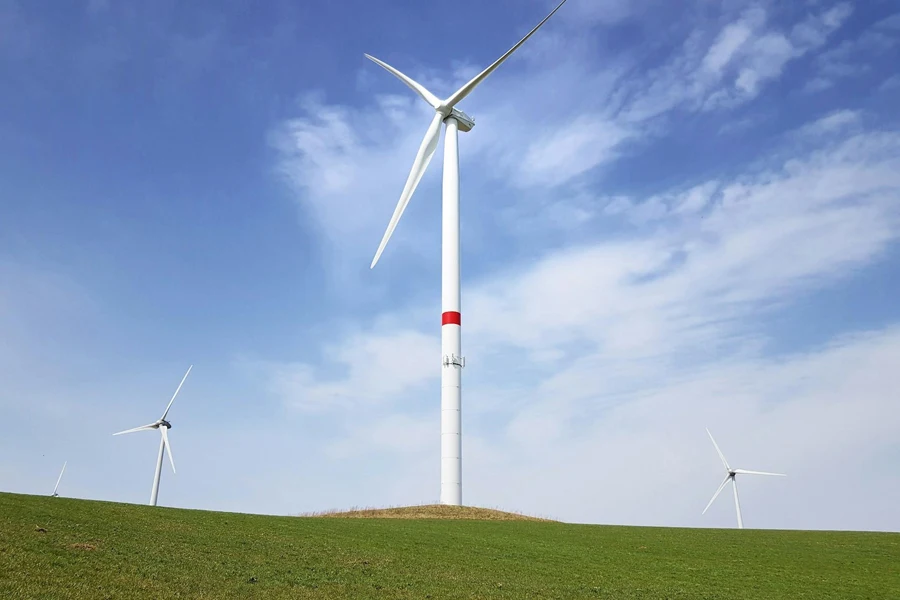
Generally, wind increases as altitude increases. Because of this, taller wind turbine towers are capable of capturing more energy. This phenomenon of changes in wind speed with height is called wind shear.
At taller hub heights or higher altitudes, wind is able to flow more freely as there are fewer obstacles from the ground, such as trees, mountains, and buildings. Thus, the location of the wind turbine should be considered, as it will determine the hub height required for the most optimal wind power generation.
4. Diameter of the turbine’s rotating blades
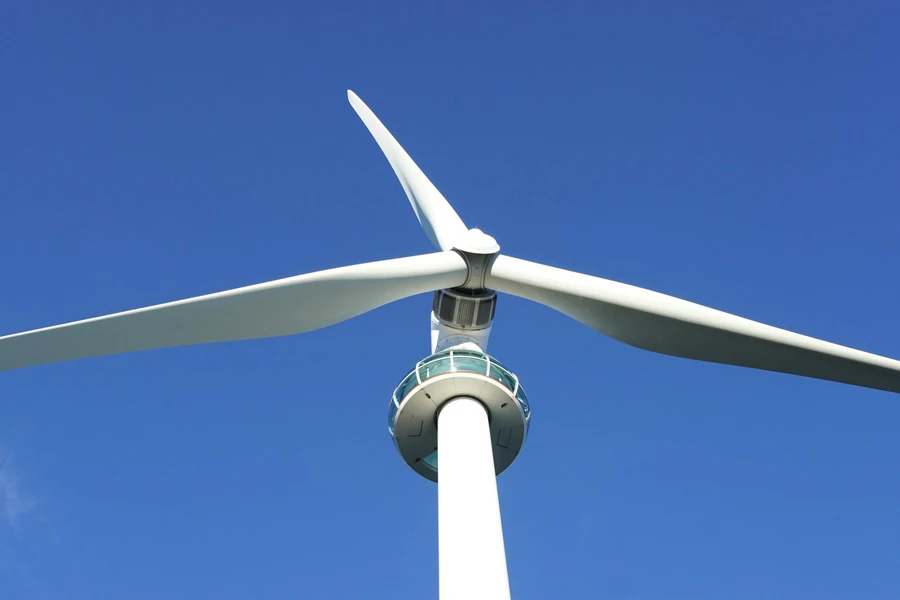
The rotor diameter, or the circular width swept by the wind turbine’s rotating blades, has a strong impact on the power captured by the blades. The rotor diameter of wind turbines has consistently grown over time in an effort to capture more wind power through longer wingspans.
This means that wind turbines with larger rotor diameters are capable of sweeping a larger area, thus capturing more wind and, in turn, producing more electricity. So it is possible that even in an area with relatively less wind, a turbine with longer blades could actually capture more available wind than one with shorter blades. This ability to harvest more wind at lower wind speeds marks greater efficiency.
5. Pitch and yaw control
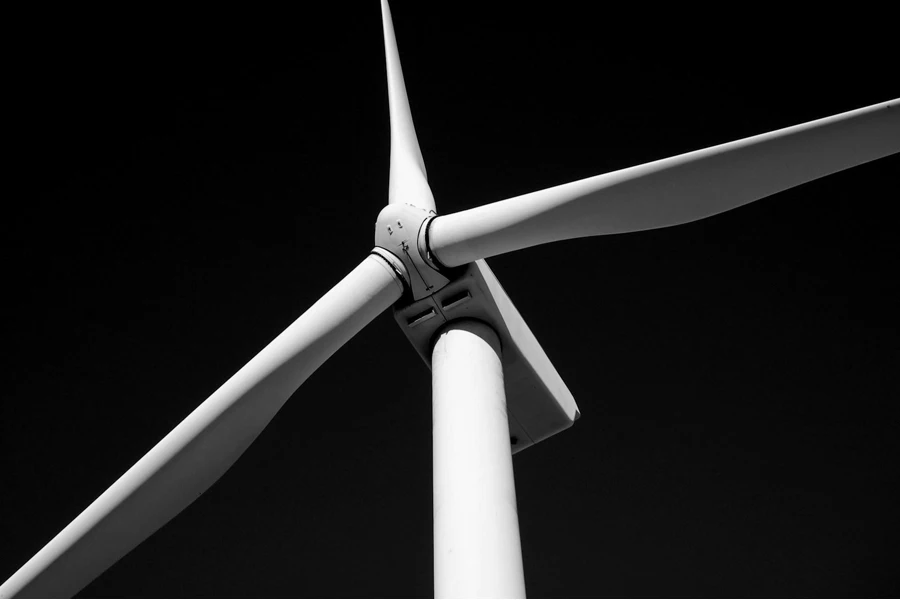
Another factor that impacts the performance and efficiency of wind turbines is the control and optimization strategies of the turbines. Control strategies are the methods used to regulate the turbine’s blade pitch, rotor speed, generator torque, and yaw angle. Optimization strategies are the methods used to establish optimal values and settings for the turbine’s control variables as determined by the turbine system’s objectives and constraints.
For more efficient turbine performance, it is important to implement control and optimization strategies that are effective and adaptive. Optimized pitch and yaw control enables wind turbines to produce power at a wide range of wind speeds.
6. Arrangement of the turbines in the farm
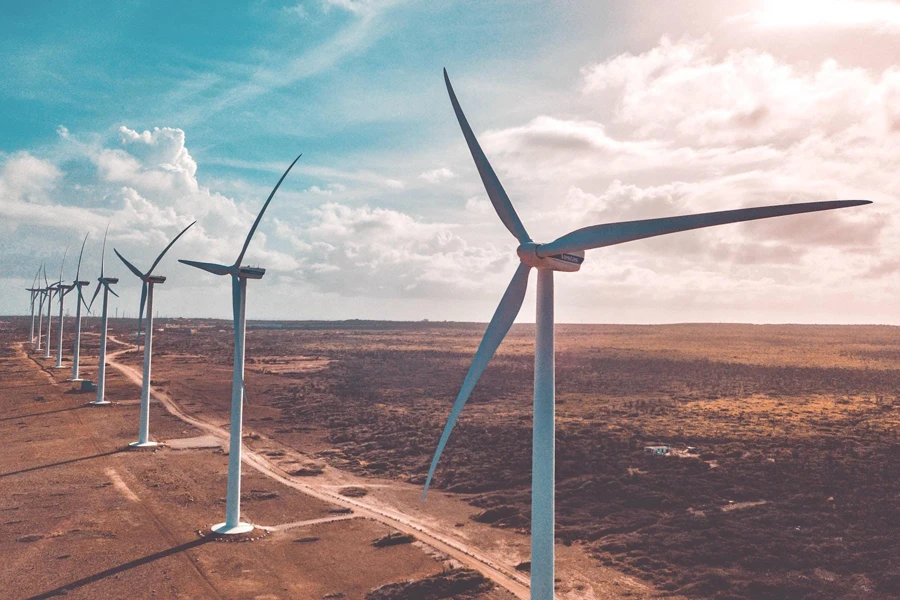
Most wind turbine farms will have more than one wind turbine at the location. In light of this, it is important to ensure that the layout of the wind farms is optimized to avoid a turbine being placed in the wind shadow of other turbines.
The blades of the wind turbines set at the front of the wind farm create wakes of turbulent wind that reach the turbines at the rear. Such a scenario could substantially reduce the amount of power generated by the ill-placed wind turbines, as they would capture less energy due to reduced blade efficiency caused by turbulent wind.
7. Reliability and maintenance
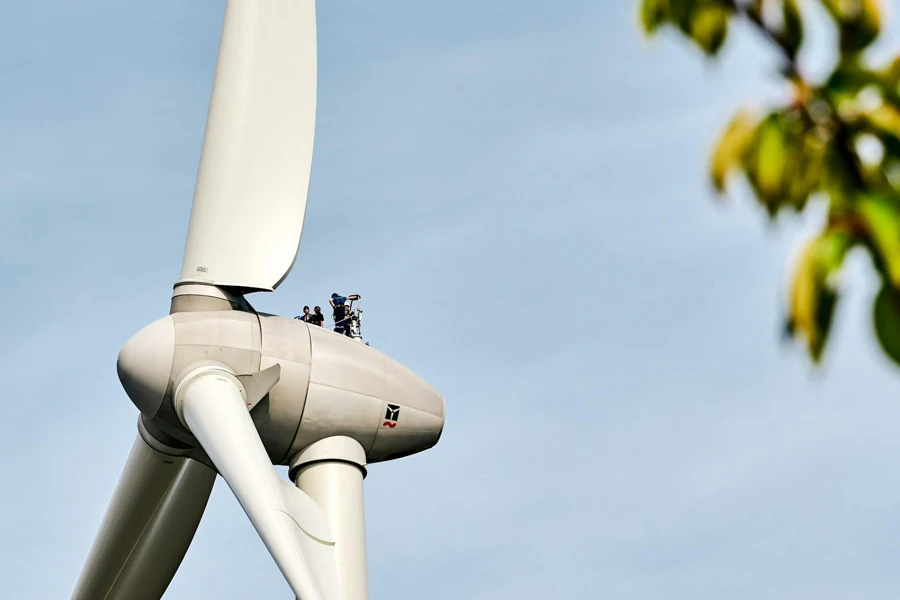
A turbine’s reliability is determined by the reliability of some key components, including the blades, gearbox, and generator. Failure of these key components would cease the wind turbine’s primary function of power generation, thus leading to downtime and the need for repairs and replacements.
Wind turbine designs with higher reliability rates impact the efficiency of the overall wind turbine system. But beyond the design and reliability of the components, it is important for users to adhere to consistent and effective maintenance practices to maintain optimal performance and maximize energy generation.
Source efficient wind turbines
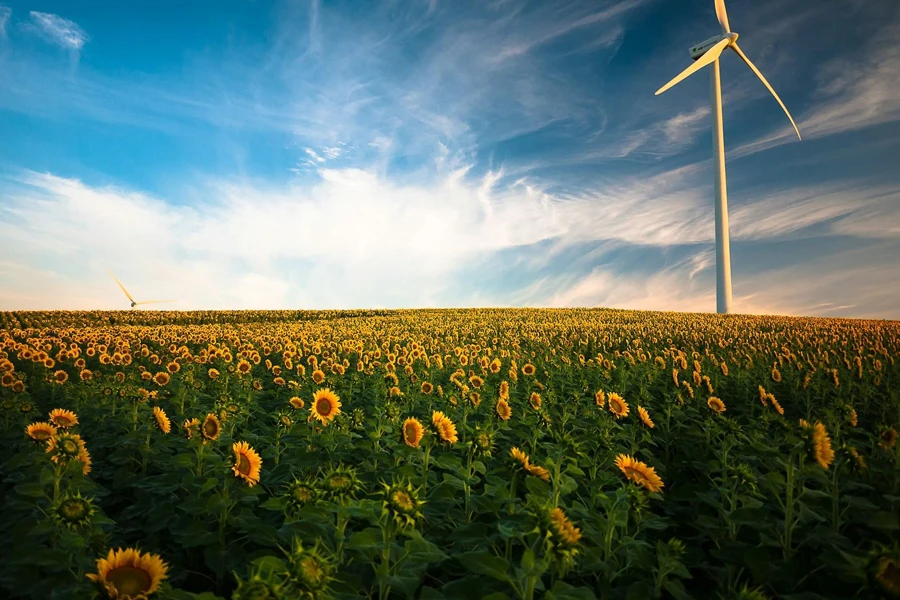
Not all wind turbines are created equal, and that is why it is important to be aware of the various factors that impact the efficiency of wind turbines. These factors, including wind speed, air density and temperature, hub height or altitude, rotor diameter, control strategies, and component reliability, determine the performance of the wind turbine system and the efficiency of wind power generation.
If you’re looking for efficient wind turbines to add to your inventory, visit Chovm.com and explore the extensive range of turbine models and wind turbine suppliers to source the right products for your consumers.




